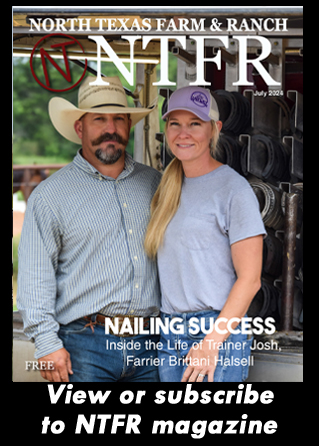HOME
Letter from the Editor
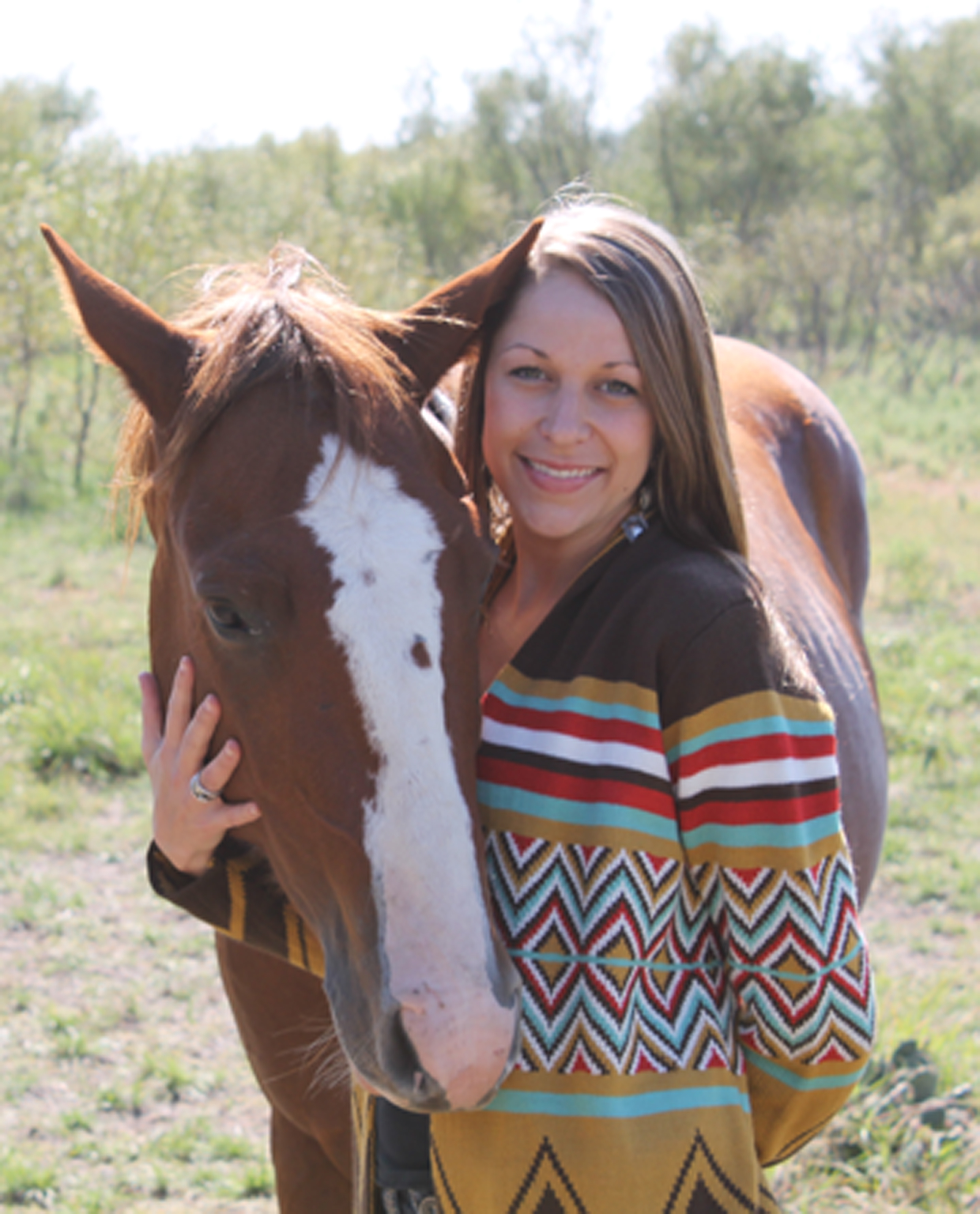
Welcome NTFR readers to the
March 2014 issue. Read along this
month as producer Rayford Pullen
explains the importance of recording
birth and weaning weights on calves.
Also this month read about the many
colors of a horse and how domestication
has changed the horse.
After, read about the informative
seminar that took place in February with
Select Breeders Southwest featuring Dr.
Sharon Spier. The seminar discussed
genetic diseases and testing. Read along
as we learn about the Rater family and
how they came to own not just a piece
of Pearson Livestock Equipment, but
also the company.
Next, our own contributing writer,
Rayford Pullen, is NTFR’s profile. The
long-time, Bellevue cattle producer
was given the distinguished position as
Texas Angus Association President in
January 2014.
A unique story this month is the tale
of Little g Dude Ranch and the woman
behind it, Myrtle Gaisford. Gaisford
established the dude ranch in 1951
because of a love for children and to
fulfill a promise to her late son, Johnny.
Read about the third annual Cowboy
True Art Exhibit & Auction happening
this March. This one-of-a-kind event
hosts the best artists, sculptures,
silversmiths, photographers and more,
under one roof all to celebrate the
working ranch cowboy.
To wrap up the county show season,
this month we visited the Cooke
County Youth Fair and Wilbarger
Junior Livestock Show. NTFR
highlights 4-H and FFA members. For
those not pictured, visit our website.
Readers will be interested to know
where the Tales ‘N’ Trails museum is
located in Nocona and the museums
impressive collection of history relics
from the area. Also, this month’s history
piece is the tale of two infamous people
who were successful in escaping from
the old Montague County Jail.
As the March issue comes to a close,
read along as Russell Graves details
the wild pig explosion in a four part
series and David Gregory’s country
humor in Horsefaethers. As always, if
you have a photo or article idea you
would like to see in North Texas Farm
& Ranch, send it our way at jessica@
NorthTexasFarmAndRanch.com.
Until next month,
Jessica Bartel
HOME
Running With Rousey: Makenzie Mayes
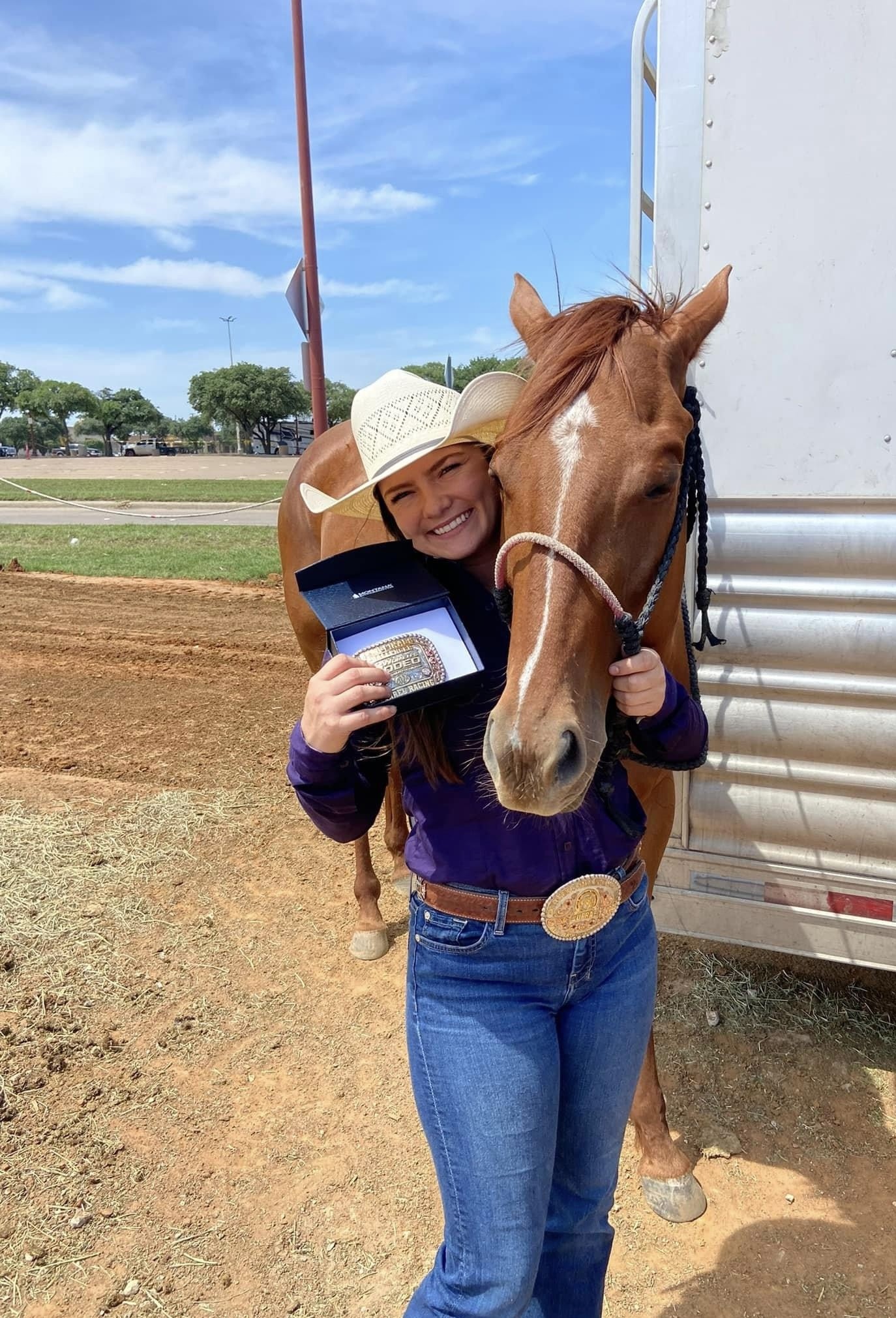
By: Krista Lucas Wynn
Makenzie Mayes has had a year she will not soon forget. The cowgirl, who grew up near Winnsboro, Texas, has found herself at the top of the standings in the United Professional Rodeo Association.
“She loves to run barrels and is just a winner,” she said of her horse, Rousey. “She has been the biggest blessing to me.”
To read more, pick up a copy of the October edition of North Texas Farm & Ranch magazine, available digitally and in print. To subscribe by mail, call 940-872-5922.
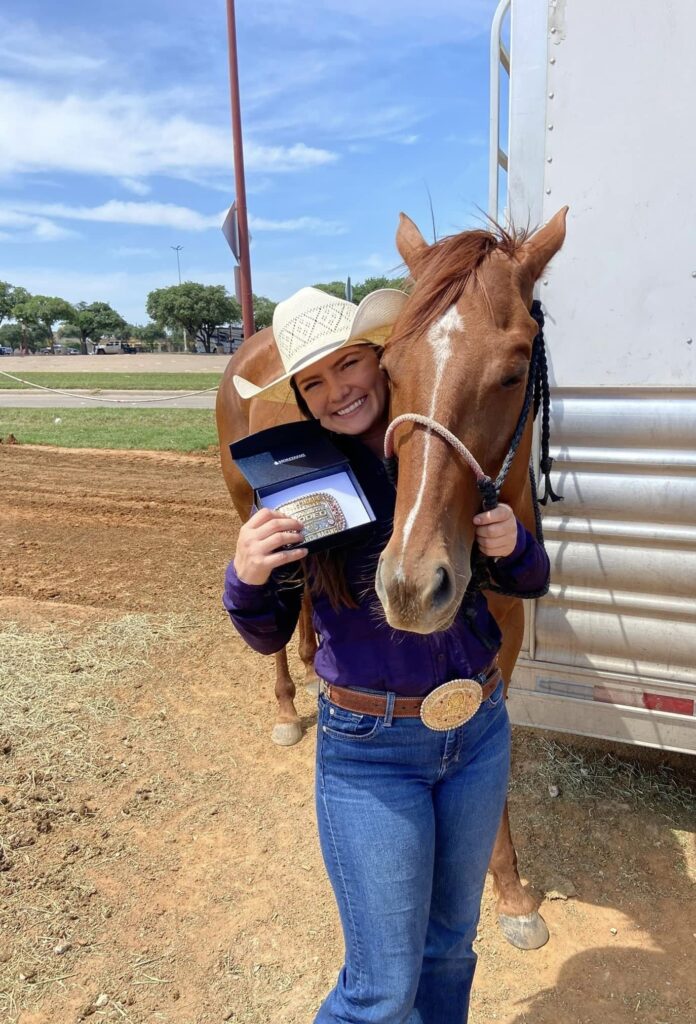
HOME
Managing the System and Not the Situation
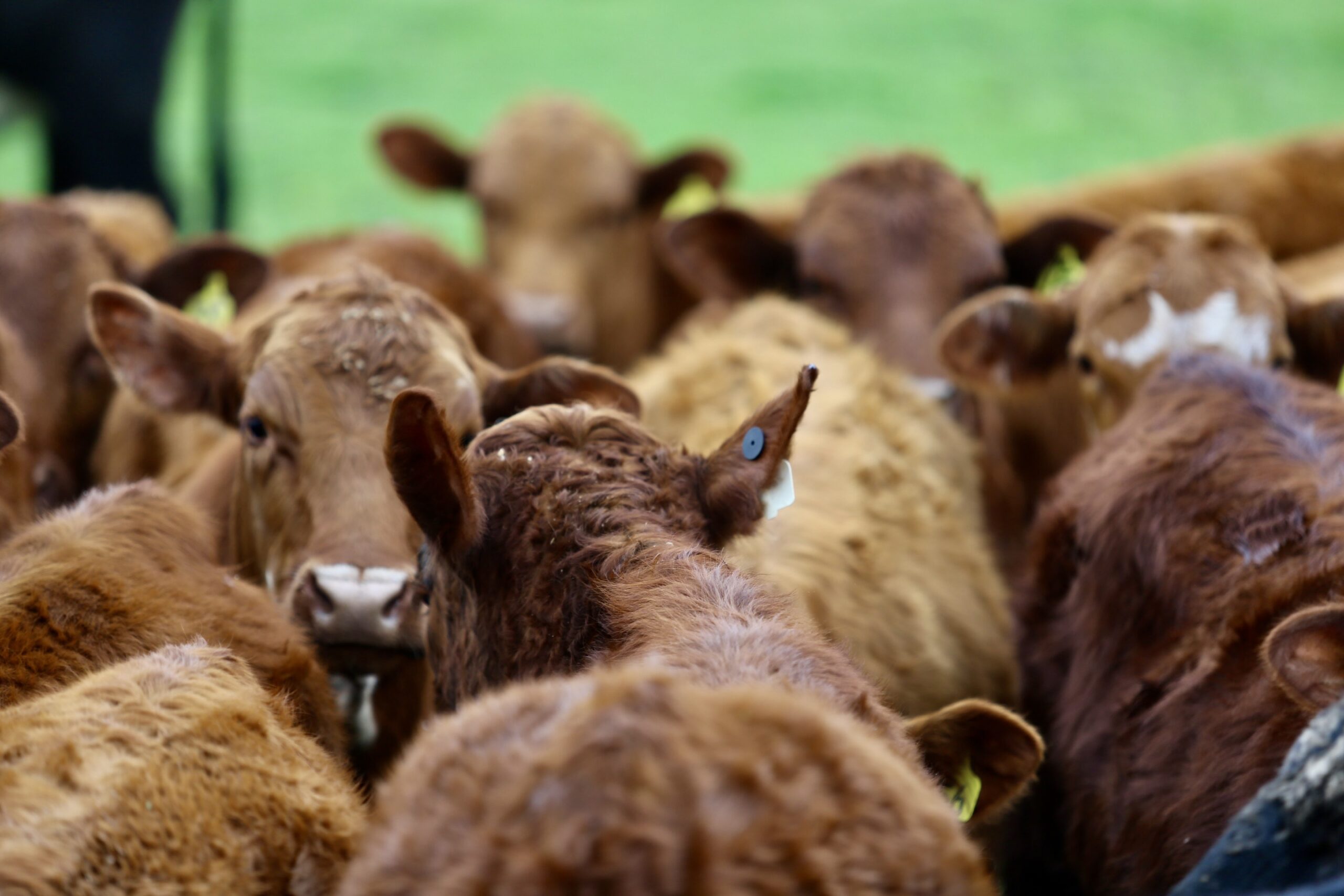
By: Dr. Matthew Garcia, M.S., MBA, PhD | Director, TCU Ranch Management
As agricultural producers, I think there are many times when we are reactive rather than proactive.
We manage a production situation without managing our agricultural system in those scenarios. Agricultural operations are very diverse and made up of multiple resources that are directly linked.
Nothing in our systems operates independently, and a management decision affecting one resource will have subsequent impact on a subsequent upstream of downstream resource.
While I fully understand that situations come up that we must immediately deal with, I think that we are sometimes very reactive and don’t consider the upstream or downstream effects on multiple facets of our operations.
To read more, pick up a copy of the October edition of North Texas Farm & Ranch magazine, available digitally and in print. To subscribe by mail, call 940-872-5922.
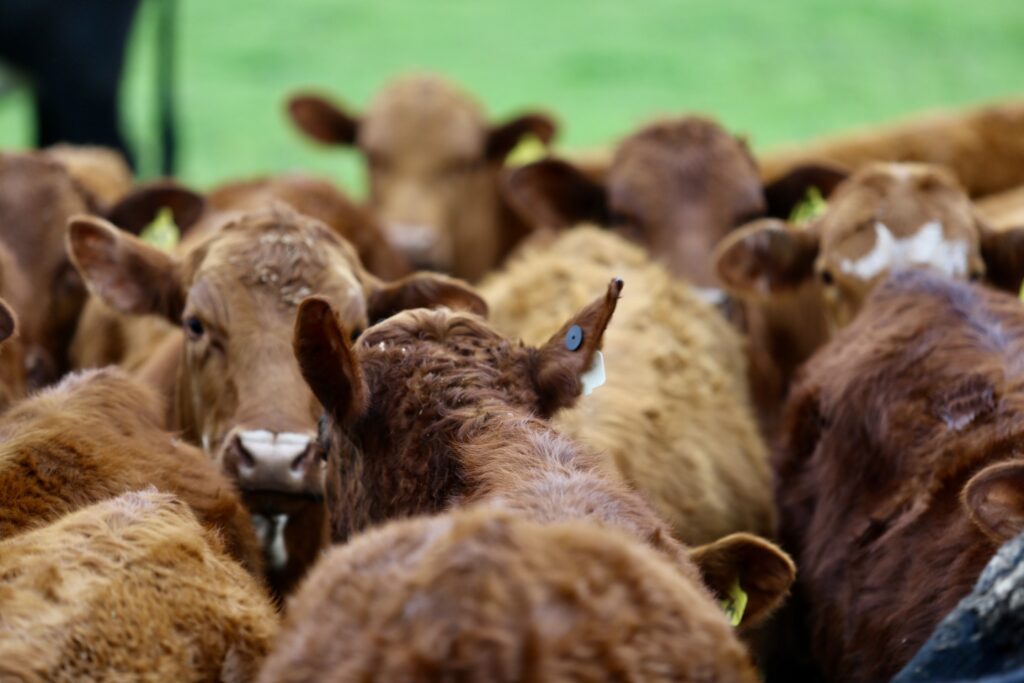
Country Lifestyles
When A Girl Goes Country: When Two Different Worlds Collide
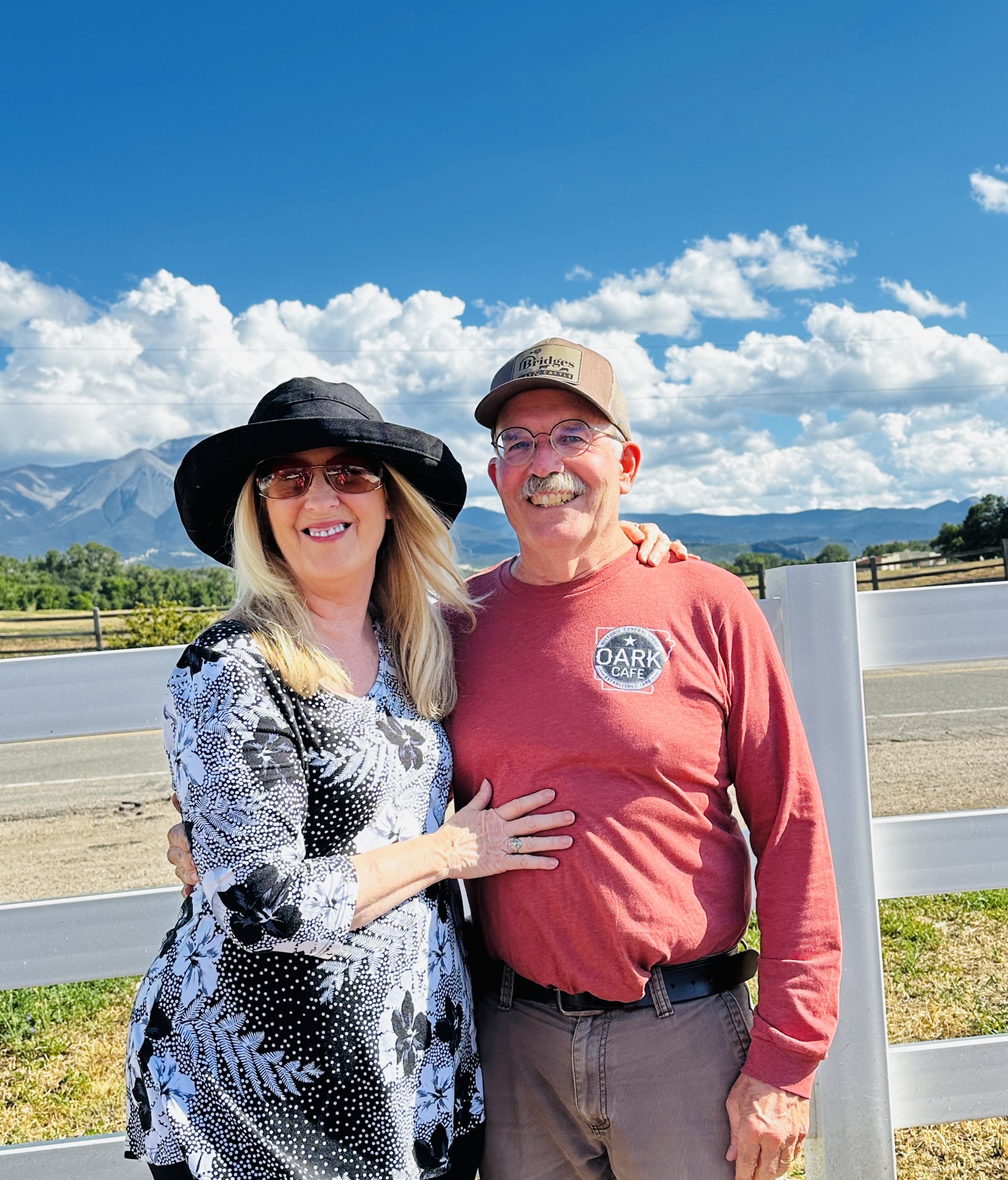
By: Annette Bridges
A friend and I were recently talking about our husbands. She made a comment that I felt also perfectly described me and my hubby.
“He slows me and I hurry him. I’m sure that is why we do well together,” she said.
“Precisely!” I thought. Why?
Because when two different worlds collide, it can be magical.
No matter what those two different worlds are- a man and a woman with very different personalities, beliefs, or backgrounds, two partners with contrasting passions, strengths, or talents, or when a country boy marries a city girl.
To read more, pick up a copy of the October edition of North Texas Farm & Ranch magazine, available digitally and in print. To subscribe by mail, call 940-872-5922.
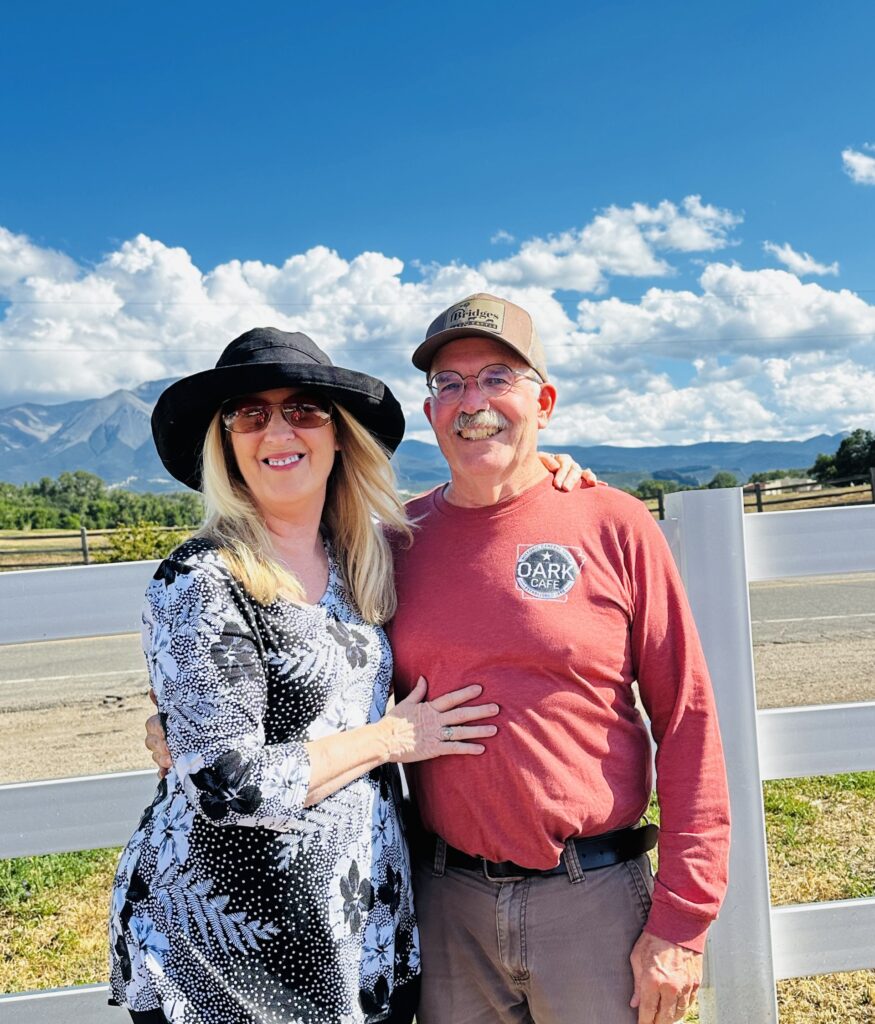
-
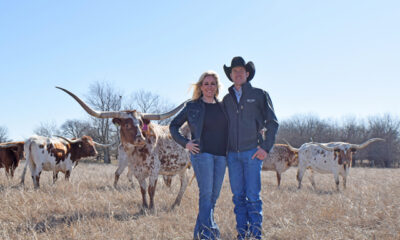
 Country Lifestyles2 years ago
Country Lifestyles2 years agoScott & Stacey Schumacher: A Growth Mindset
-

 Country Lifestyles8 years ago
Country Lifestyles8 years agoStyle Your Profile – What your style cowboy hat says about you and new trends in 2017
-
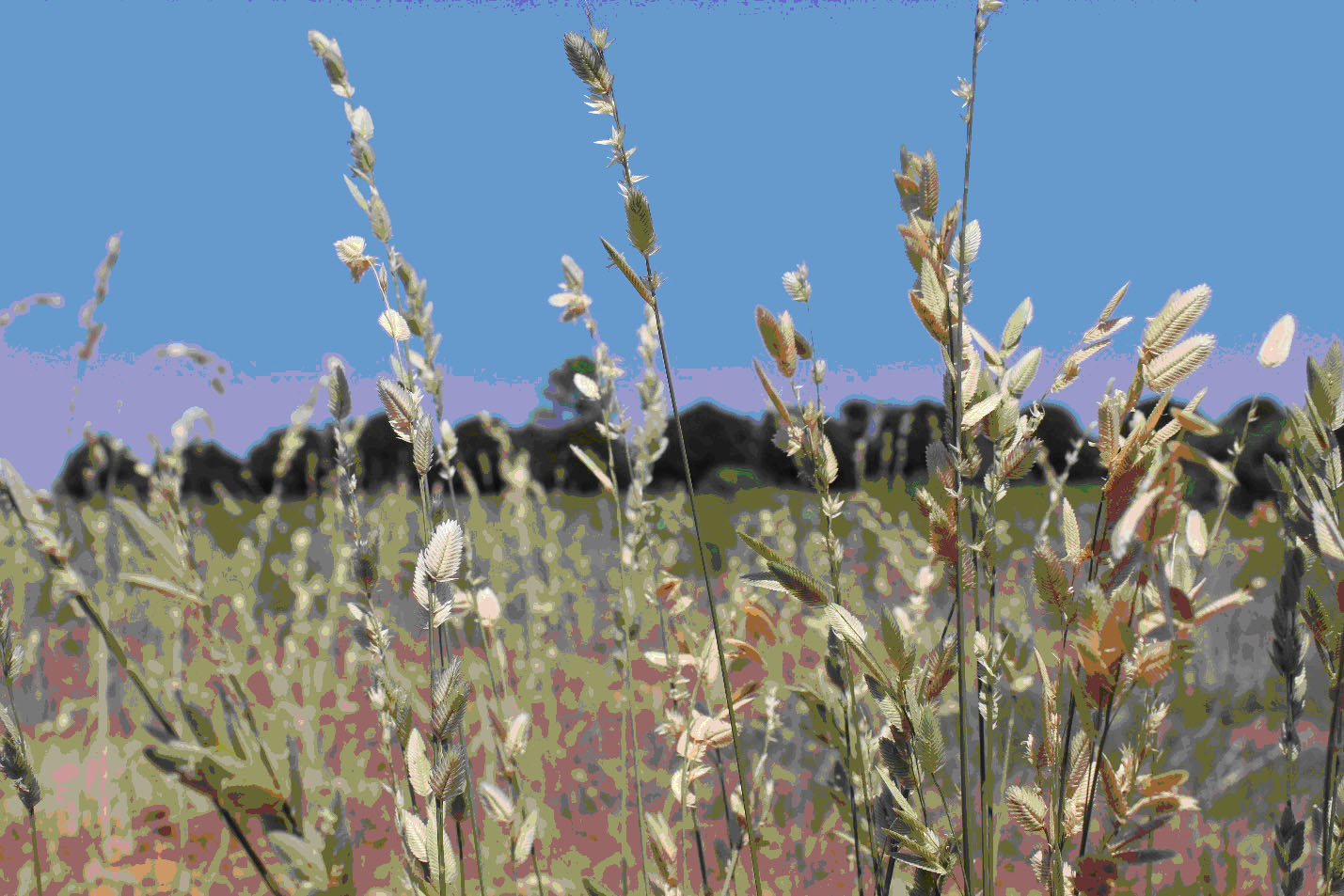
 HOME8 years ago
HOME8 years agoGrazing North Texas – Wilman Lovegrass
-
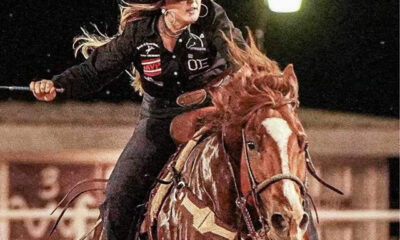
 Equine1 year ago
Equine1 year agoThe Will to Win
-
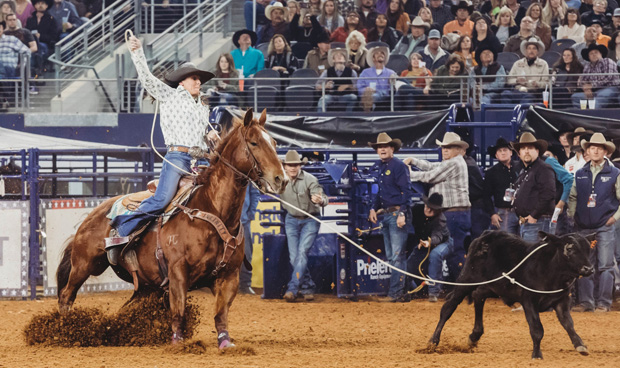
 Country Lifestyles5 years ago
Country Lifestyles5 years agoAmber Crawford, Breakaway Roper
-
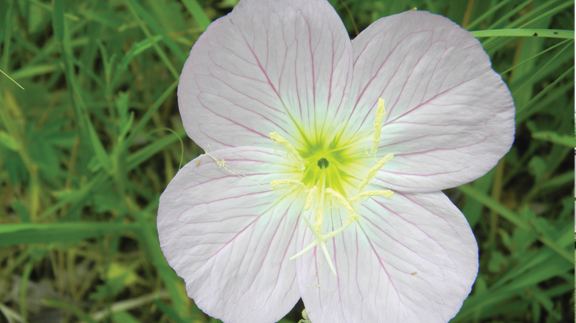
 Outdoor9 years ago
Outdoor9 years agoButtercup or Primrose?
-
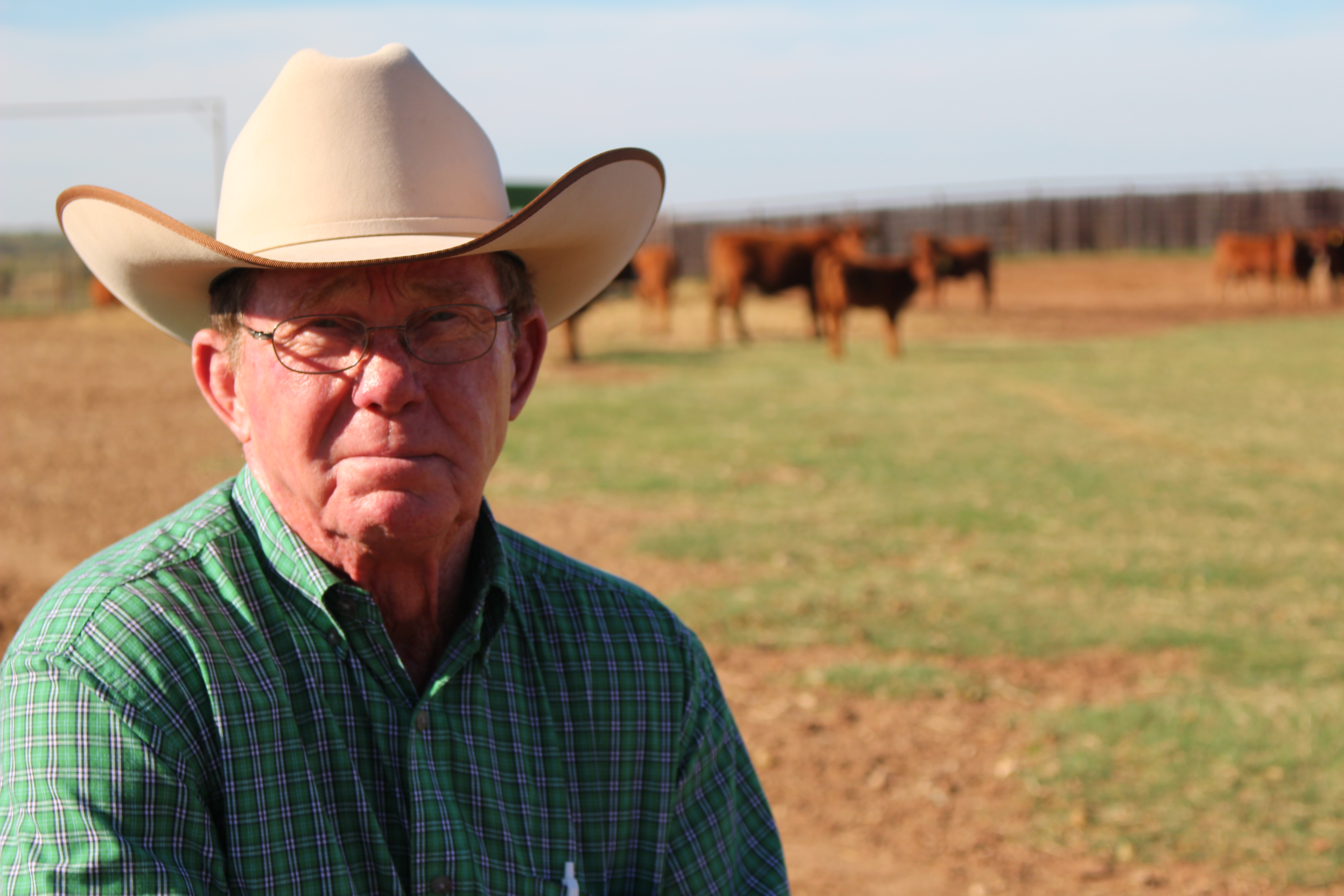
 Country Lifestyles8 years ago
Country Lifestyles8 years agoDecember 2016 Profile, Rusty Riddle – The Riddle Way
-
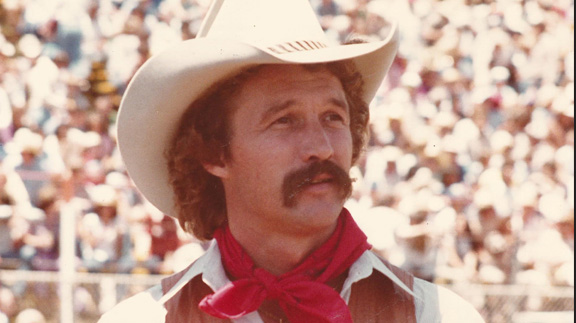
 Country Lifestyles8 years ago
Country Lifestyles8 years agoJune 2016 Profile – The man behind the mic: Bob Tallman
